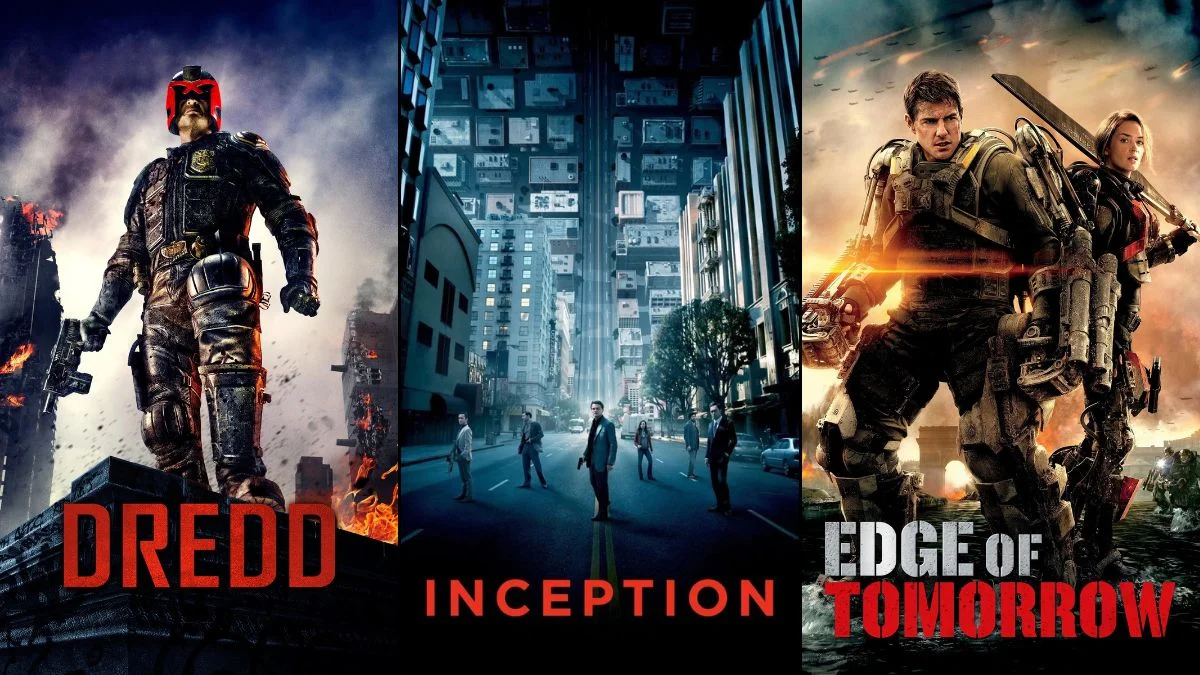
Video game adaptations of movies are most successful when the movie itself has a well-defined world, established rules, and clear objectives. The best candidates feature strong systems for things like sneaking around, fighting, pulling off robberies, or simply staying alive, and they naturally lend themselves to gameplay that feels rewarding and allows players to improve. These movies offer distinct roles to play, equipment to enhance, and environments to explore and become familiar with. Here’s a list of twenty films that would translate particularly well into games players will enjoy.
‘Inception’ (2010)
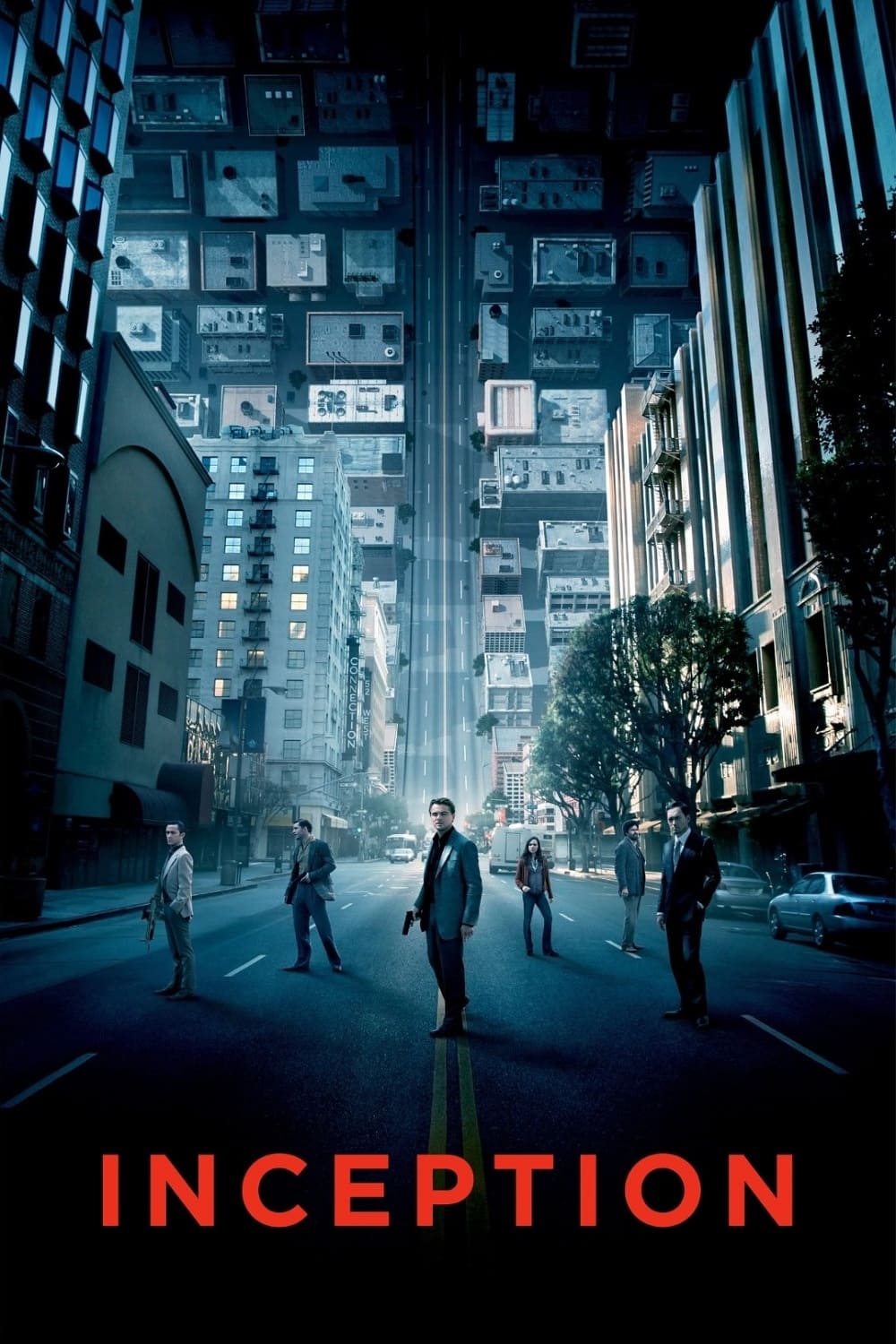
The game lets players plan elaborate heists within dreams, where they can manipulate time and physics across multiple levels. Each level has unique challenges and rules, forcing players to switch between roles like planner, disguise artist, infiltrator, and protector. Missions combine sneaking, deception, and completing tasks against the clock. As players advance, they’ll unlock deeper dream levels, more powerful tools, and new skills for their team.
‘Edge of Tomorrow’ (2014)
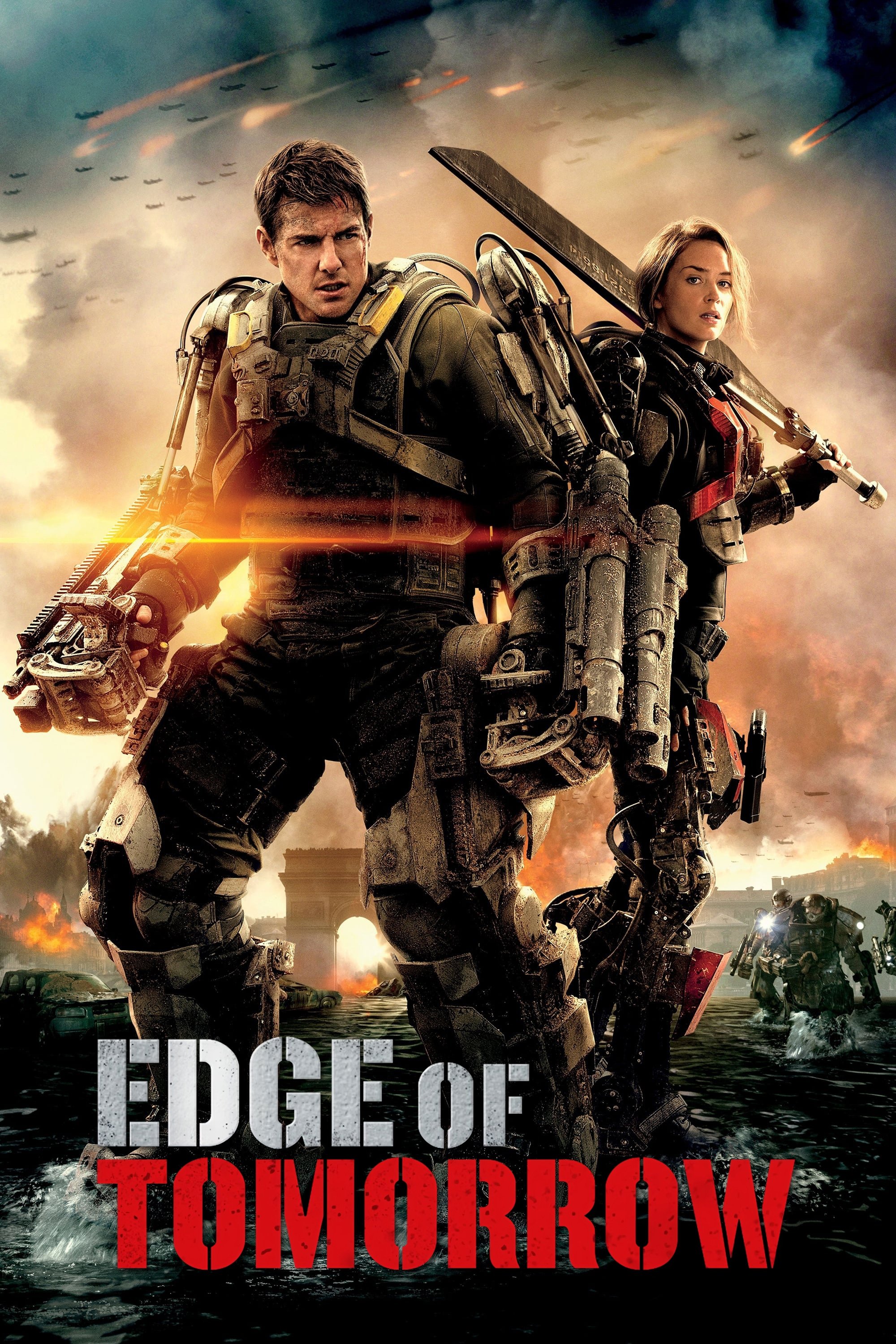
The game is designed around repeating the same day over and over. Players will learn how enemies move and find the best ways to complete objectives with each loop. Progress made during one loop carries over to the next, unlocking new gear like armor, movement abilities, and team commands. Successfully overcoming challenges depends on understanding when and where enemies appear, and exploiting their weaknesses. The story will grow from initial battles to larger, more complex operations, with enemies that adapt and change their tactics.
‘The Raid’ (2011)

Climbing a narrow tower would play like a level-based action game, where each floor presents a specific goal. Players would need to carefully manage their energy, keep their weapons in good condition, and develop strategies for clearing each room. Every fight would be different thanks to interactive elements like doors, furniture, and objects used as weapons. A scoring system would reward players for speed and skillful play.
‘Dredd’ (2012)
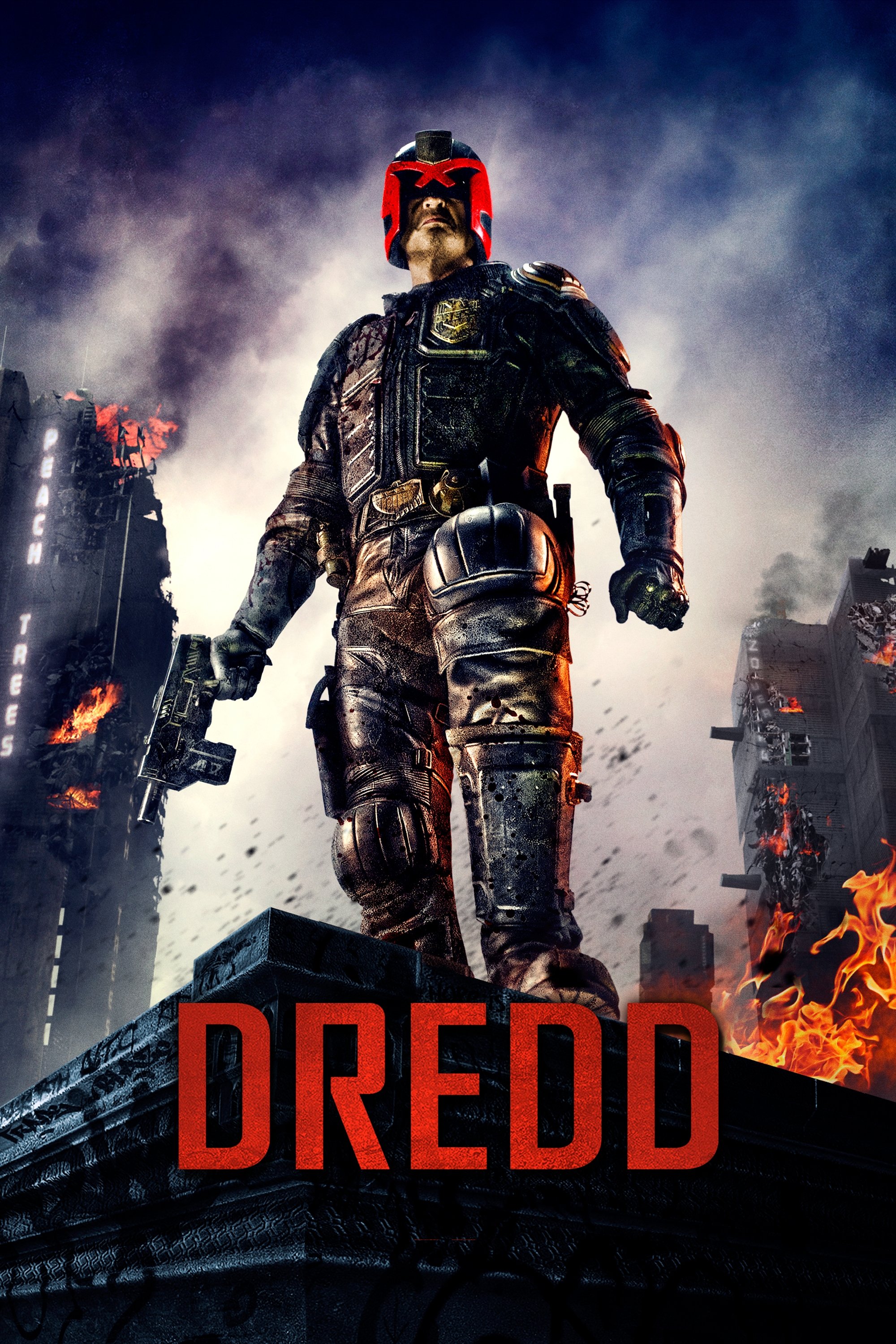
Imagine a massive, self-contained city block under strict quarantine. Inside, criminal groups compete for limited resources, creating a dangerous environment. Law enforcement, or ‘Judges,’ would have access to versatile ammunition, tools for gathering evidence, and ways to manage large crowds. The system would constantly monitor the impact of their actions, prioritizing both minimizing damage and protecting citizens. Completing additional investigations and serving warrants would unlock improvements to their equipment, including better armor, more powerful ammunition, and drone assistance.
‘District 9’ (2009)
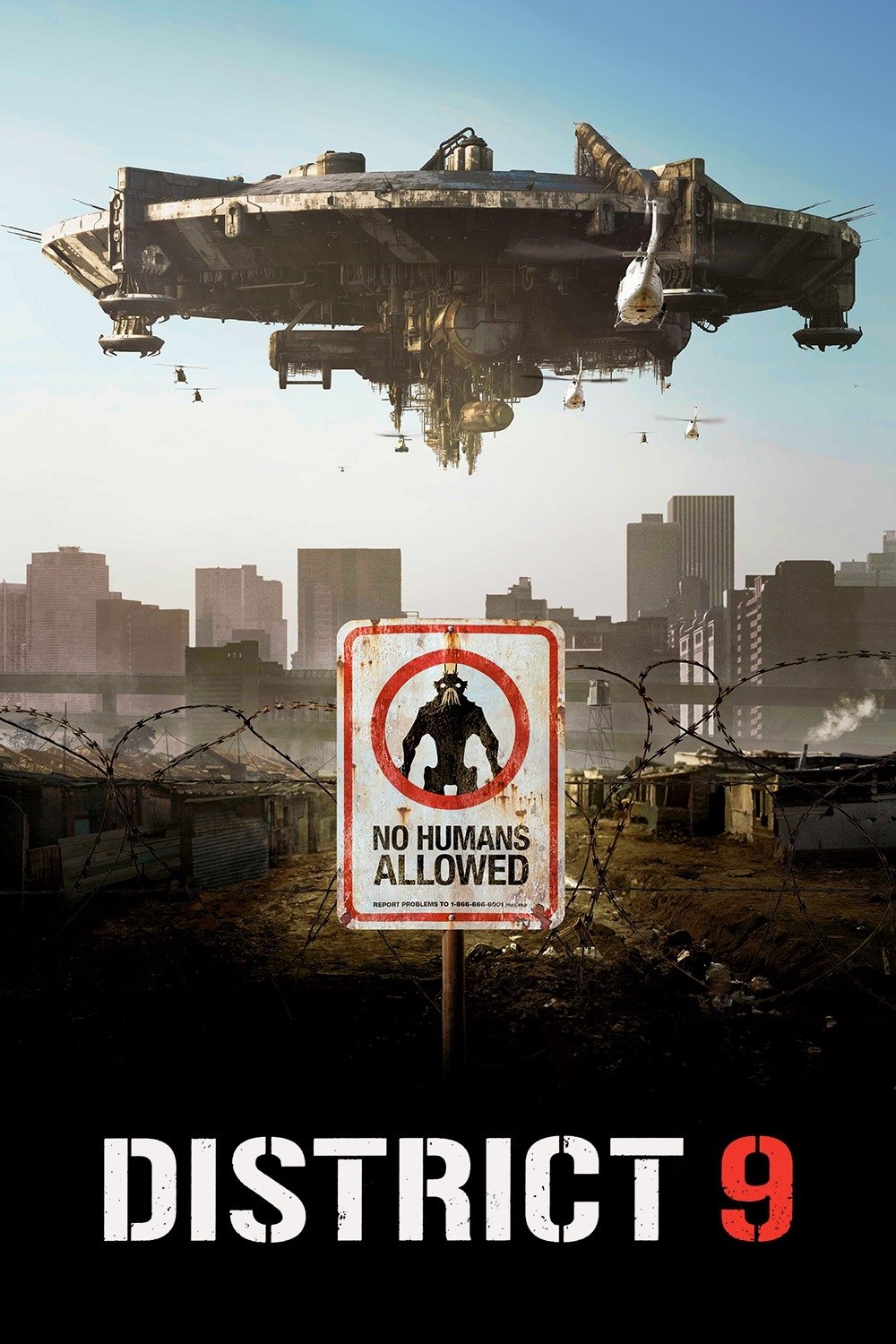
Players will combine human and alien technology, building their reputation with different groups and companies. They’ll undertake missions like recovering artifacts, protecting convoys, and dealing with containment breaches. The technology players choose – whether it focuses on biological weapons or non-lethal options – will impact the story’s direction. The game world will also change dynamically, with quarantine zones expanding and shifting, and black market traders appearing in new locations.
‘Pacific Rim’ (2013)
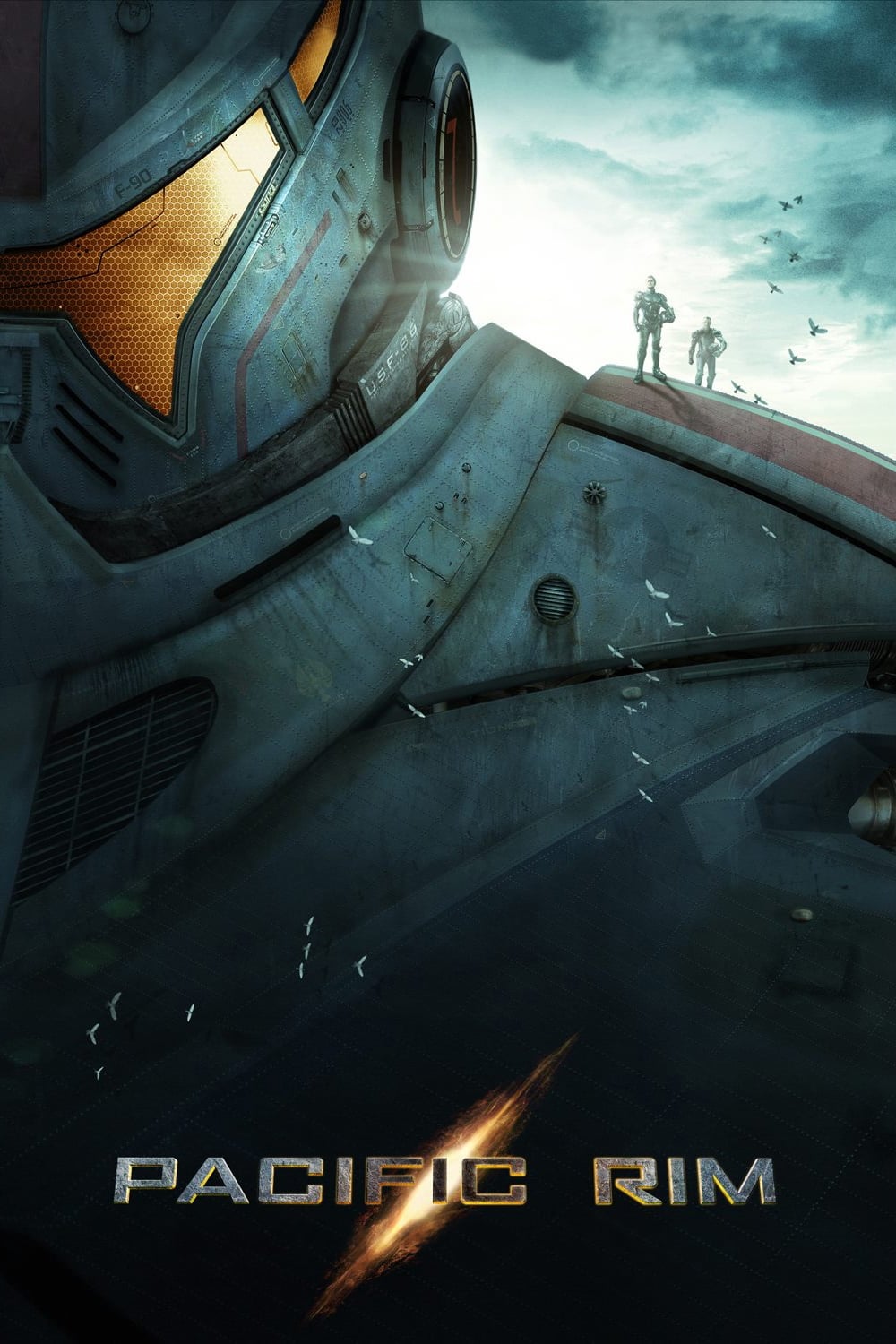
Piloting a Jaeger could be done with a second player or alongside an AI, allowing for perfectly timed movements during combat. Each mission would require players to carefully manage resources like energy, armor, and defensive structures. Different types of Kaiju would demand unique tactics, such as using grappling hooks, long-range attacks, or the environment to your advantage. Players could improve their Jaegers with upgrades like new bodies, better team compatibility, and faster repair systems.
‘Ocean’s Eleven’ (2001)

Imagine a game where you plan and pull off elaborate heists. You’d start by scouting locations, then carefully plan the details, and finally carry out the robbery. You’d build a team of experts – safecrackers, con artists, and logistical planners – each with unique skills. Security wouldn’t just be about alarms; it would be a complex puzzle of guards, cameras, and vault challenges. Successfully completing heists would open up opportunities for bigger scores and more sophisticated disguises.
‘Baby Driver’ (2017)

The game would emphasize skillful, rhythmic driving during high-speed escapes, synchronized with a licensed soundtrack. Missions would involve complex setups, such as switching vehicles, deploying spike strips, and creating blocked routes. Players could modify their cars to improve speed, handling, and stealth. As the police pursuit intensifies, their tactics and the number of roadblocks would become more challenging.
‘Knives Out’ (2019)
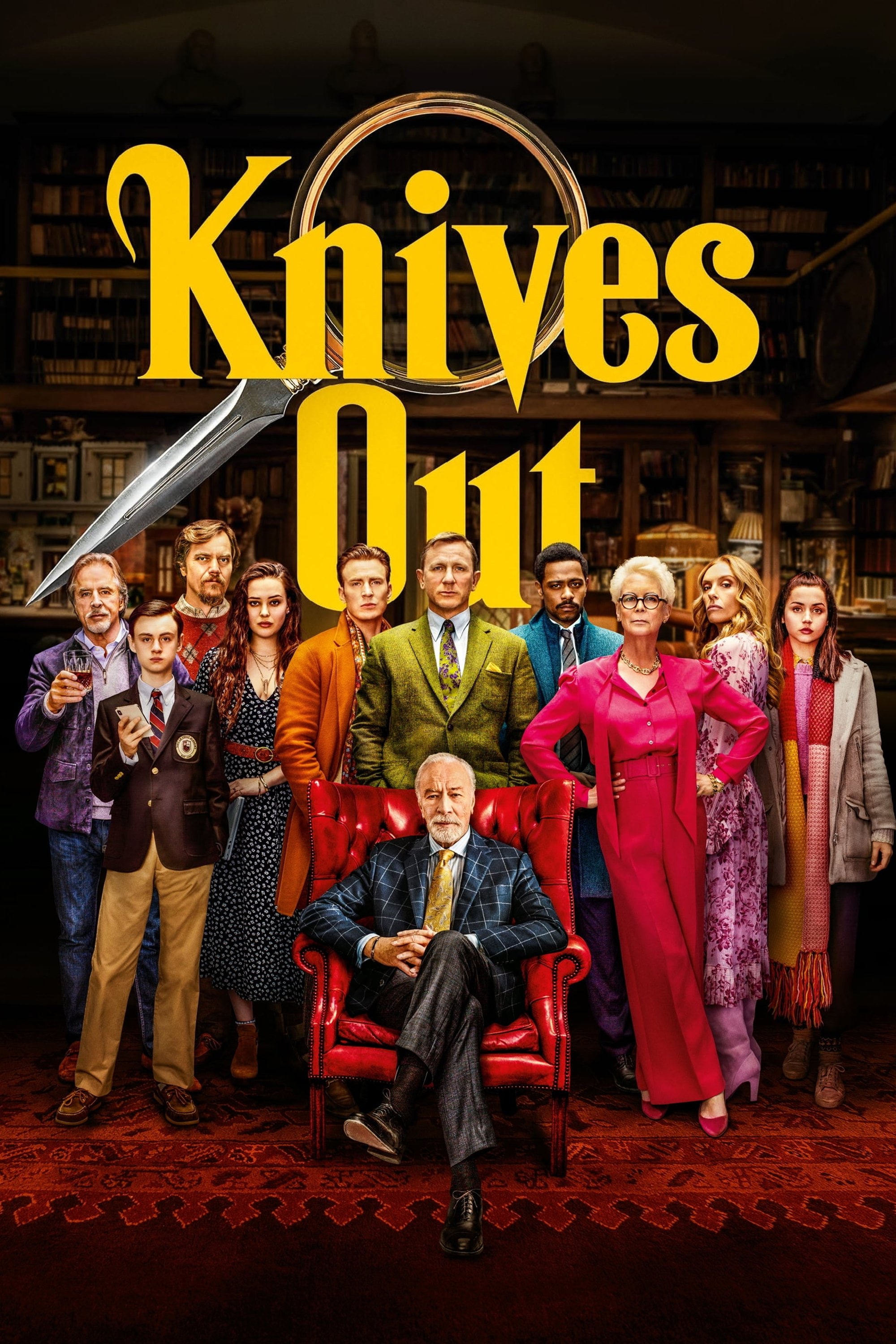
This detective game focuses on solving mysteries through questioning suspects, checking their stories, and piecing together what happened. Players will gather evidence, compare what people say, and test their ideas using an interactive board. You can also secretly listen in on others and even plant false evidence. The game will feature different combinations of suspects and motives each time you play, keeping things fresh and replayable.
‘Snowpiercer’ (2013)
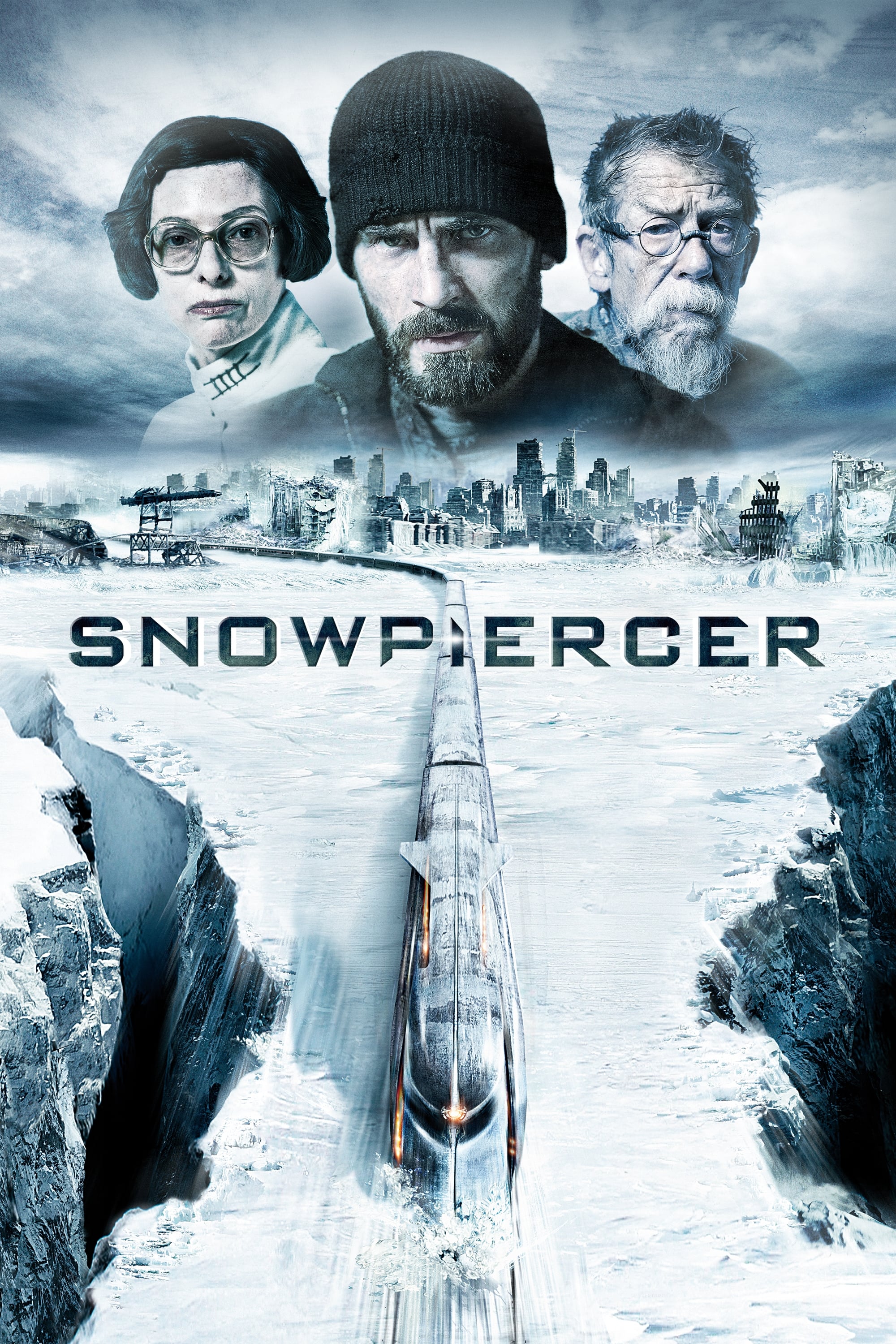
Imagine a train as a miniature world, split into different sections, each with its own unique challenges and rules. As a player, you’d be responsible for keeping your passengers fed, happy, and comfortable, and you could choose to solve problems through diplomacy or strength. Moving from car to car unlocks helpful items like security passes and protective suits. Unexpected events, such as damaged tracks or passenger revolts, will constantly change your journey and force you to adapt.
‘The Martian’ (2015)

Imagine a Mars survival game where you manage vital resources like oxygen, energy, food, and spare parts across different bases. You’d carefully plan spacewalks, upgrade your rovers, and schedule communications with Earth. You’ll also craft essential items – repairing habitats and building scientific equipment from salvaged parts. The ultimate goal? To orchestrate long-term rescue missions, factoring in the complexities of orbital travel.
‘Annihilation’ (2018)
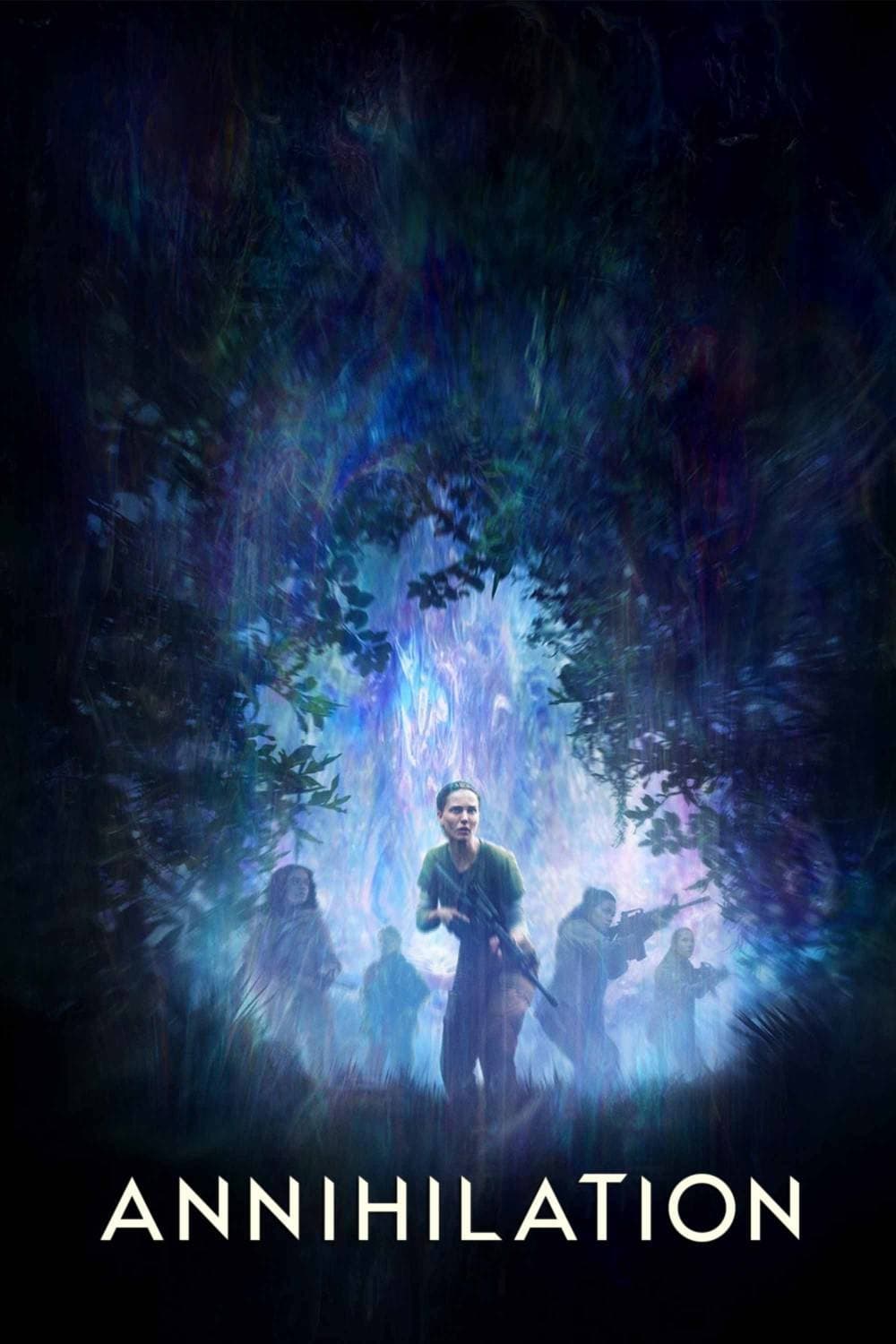
The game focuses on exploring a strange area where the rules of nature are different, causing bizarre changes and mutations. Players will form teams to scan, collect samples, and chart the constantly changing landscape to gain research benefits. Managing risk is key – you’ll need to balance your desire to learn with the dangers of contamination and the mental strain it causes. Each time you play, the paths, enemies, and puzzles will be different, creating a unique experience.
‘Looper’ (2012)

The game would feature missions with specific timeframes for completion, including tasks like cleaning up after yourself and avoiding paradoxes. Players would use their earnings to upgrade safehouses, acquire weapons, and cultivate informants, all while trying to prevent negative consequences down the line. Poorly executed missions would attract unwanted attention from investigators and competing time travelers. The story would change based on the player’s choices, affecting who they work for and who they target.
‘Train to Busan’ (2016)
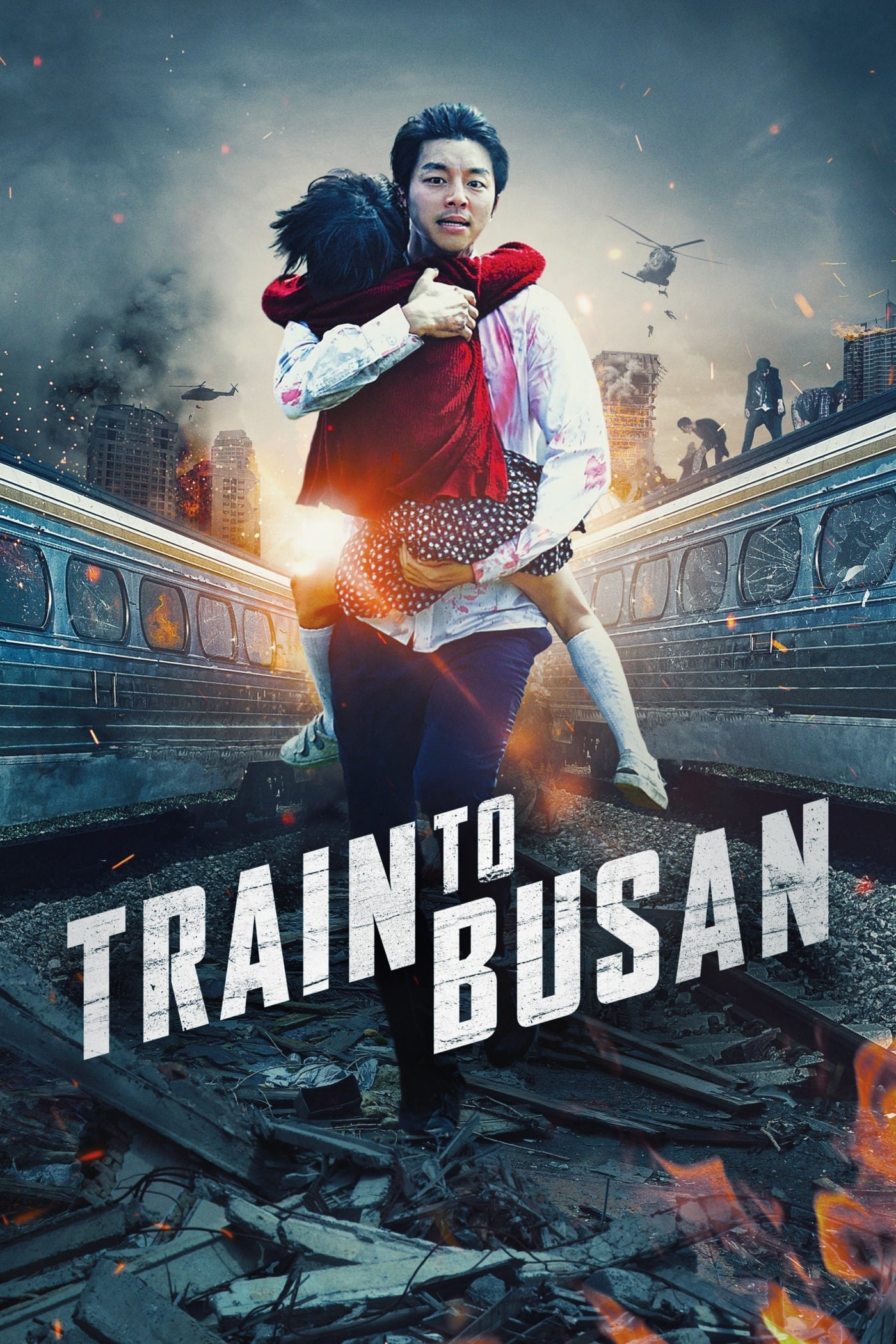
The game would put players in a tense survival situation involving protecting a vehicle, managing its passengers, and sharing limited supplies. Players would need to fortify different areas of the vehicle, carefully plan their route and stops, and arrange safe passage between locations. Managing sound and light would be key to controlling the behavior of any crowds they encounter. Importantly, the choices players make about who to help will impact what skills and items become available to them later in the game.
‘The Descent’ (2005)
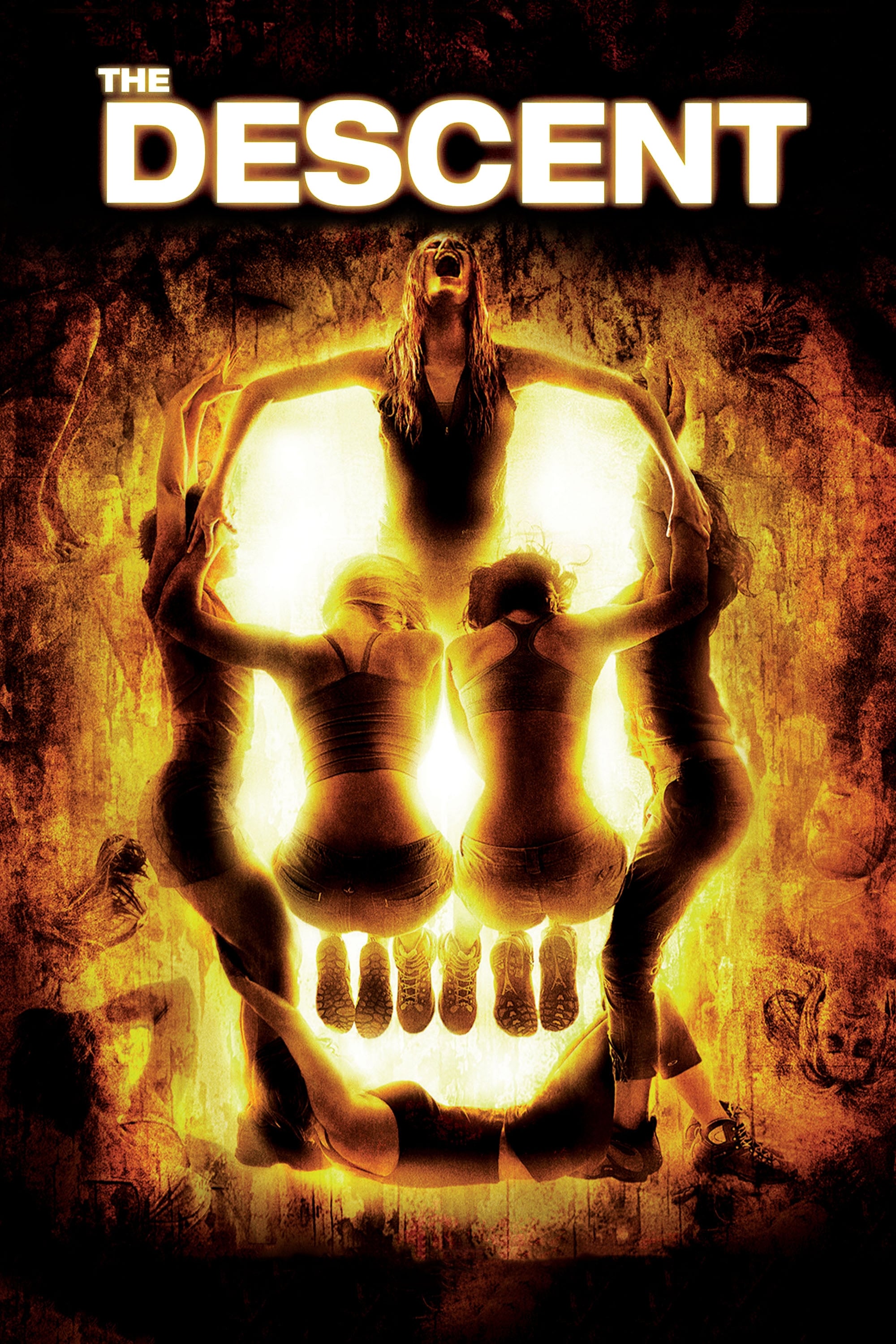
Exploring cave systems presents tight spaces and challenges like climbing ropes, squeezing through narrow passages, and managing limited light. Players will need to use tools like maps and flares, which wear out over time, along with climbing equipment. The caves are inhabited by creatures that hunt by sound and smell, so stealth and cooperation are essential. With few ways out, the cave layout itself becomes a key part of the puzzle.
‘Sicario’ (2015)
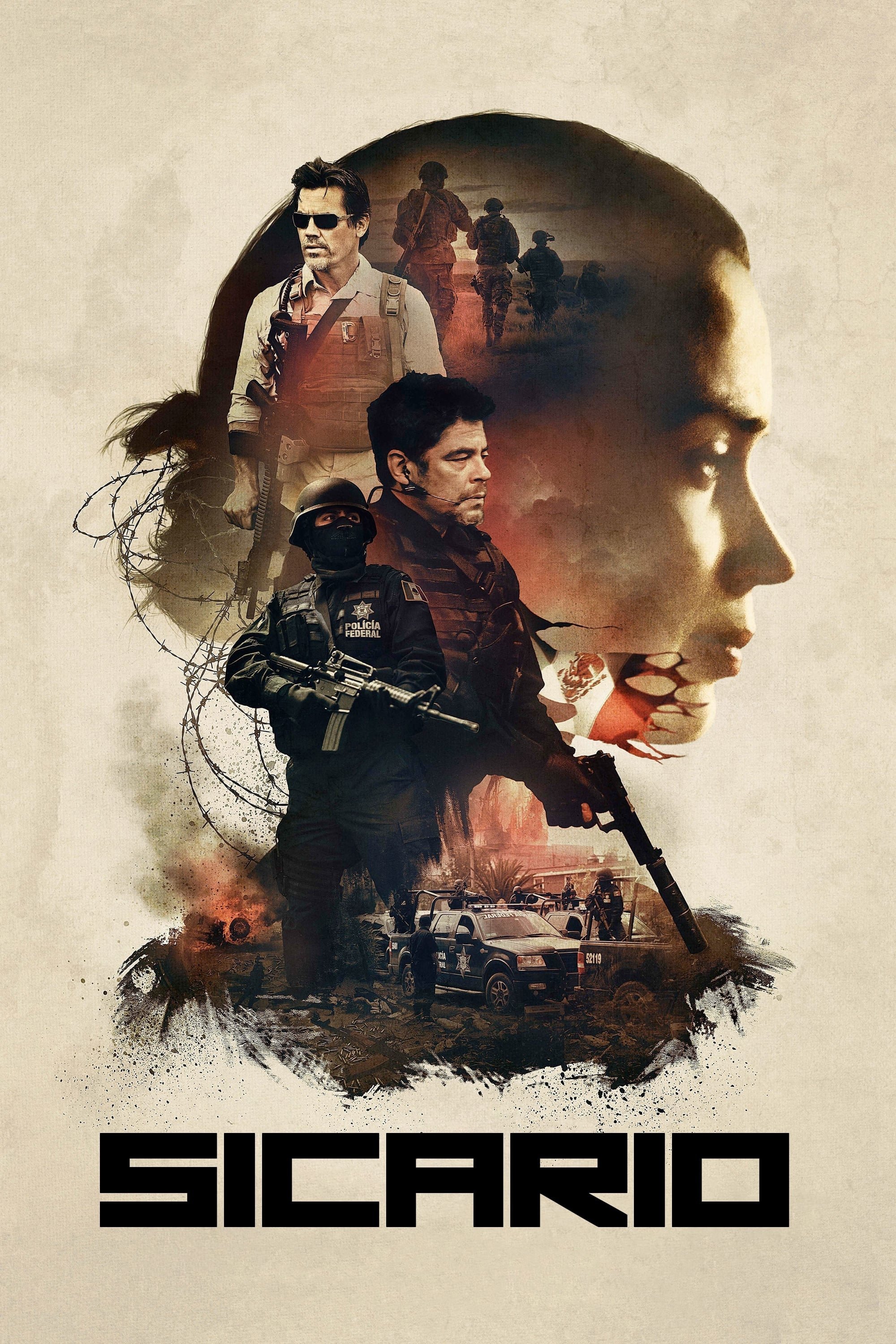
As a movie buff, I imagine the gameplay would center around really intense tactical missions – think border patrols, protecting convoys, and even raids, but with super strict rules about when and how you can engage. You’d be constantly switching between different intel sources – looking at drone footage, getting orders from higher-ups, and trying to piece everything together. Building a good reputation with different agencies would be key, unlocking things like safehouses and ways to operate legally. Mess up, though, and you’d face increased political scrutiny and lose the freedom to act how you need to. It sounds like high stakes!
‘Source Code’ (2011)

The game is designed with eight-minute runs to let players quickly try different strategies for identifying the bomber. Information you gather will stay with you even after each run restarts. A detective-style board will help you keep track of suspects, where potential bombs are located, and what passengers are doing. The game will get harder by introducing misleading clues, red herrings, and extra ways the bomb could be triggered.
‘Upgrade’ (2018)

The game would feature a system allowing players to seamlessly switch between directly controlling their character and letting AI assist in combat. Players would develop their skills through three main paths: hacking, movement, and close-range fighting. After each encounter, players would need to cover their tracks to avoid being detected. Successfully combining scans, well-timed counters, and using the environment to your advantage would be heavily rewarded.
‘National Treasure’ (2004)
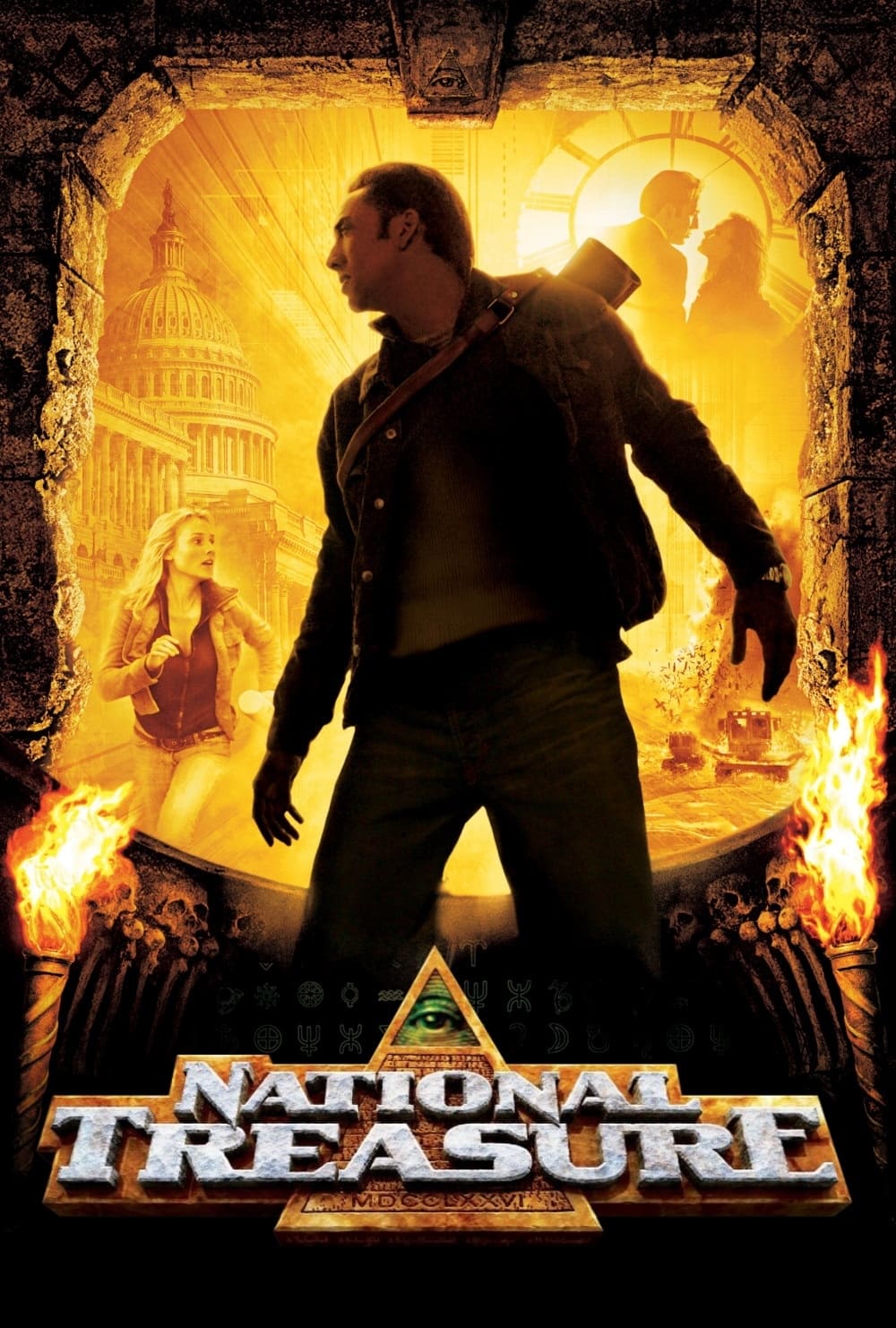
Imagine a puzzle adventure that takes you around the world! You’ll solve codes, uncover ancient artifacts, and explore historical locations. Gameplay would switch between carefully studying clues, sneaking into museums, and avoiding dangerous traps. As you discover symbols and references, they’ll be added to a codex, opening up new areas to explore. But you won’t be alone – rival treasure hunters will be competing for the same items, constantly changing which locations are accessible.
‘Kingsman: The Secret Service’ (2014)
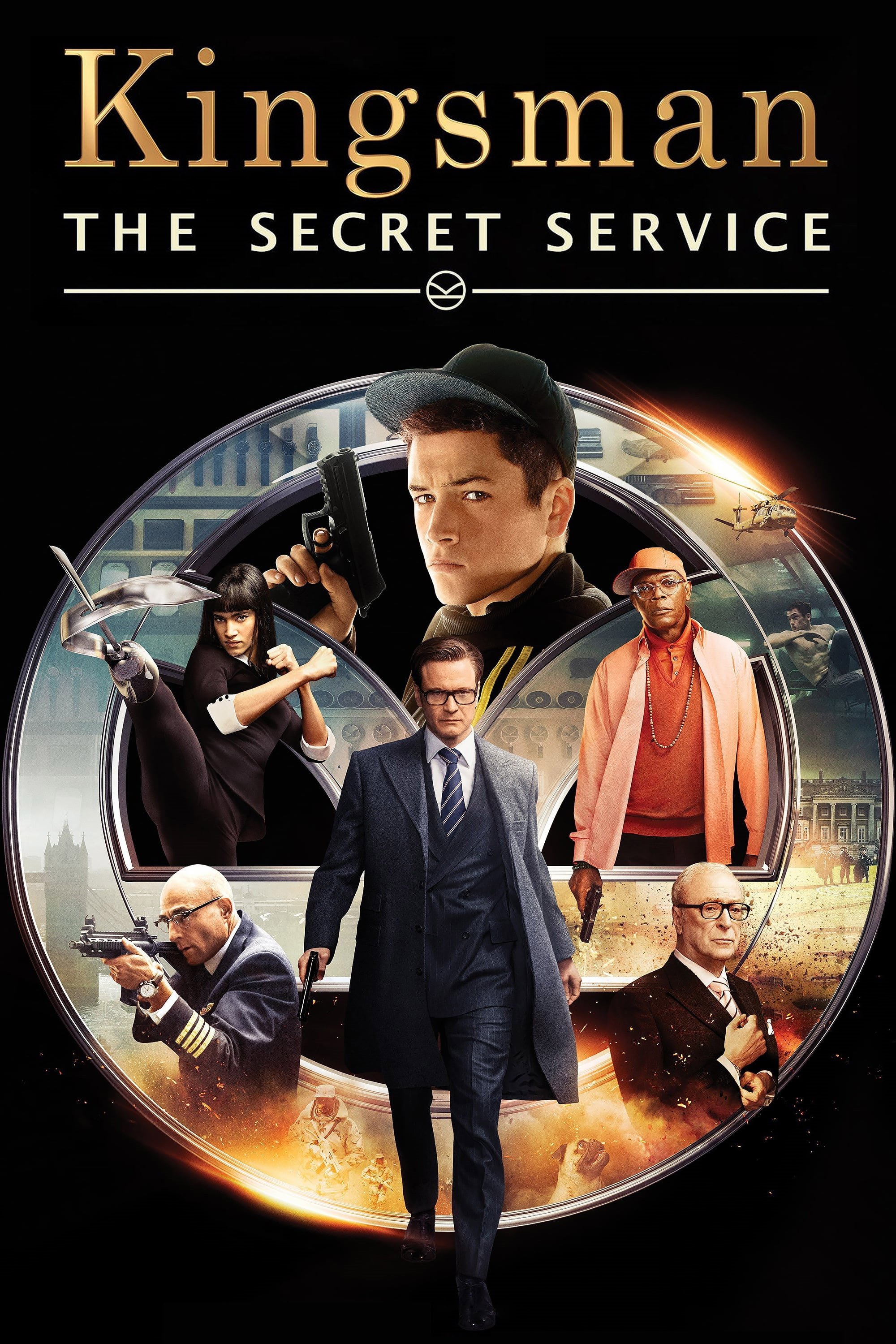
The spy school offers training grounds, cool gadgets, and practice in blending into social situations. Missions would involve special suits, fake identities, and ways to handle situations without causing serious harm. Students could also build their own gadgets, unlocking new ways to move around and fight. Competitive challenges would evaluate trainees based on their finesse, speed, and ability to minimize damage.
Let us know which one you’d play first in the comments, and what feature would really make you excited to jump in!
Read More
- Bitcoin’s Ballet: Will the Bull Pirouette or Stumble? 💃🐂
- Can the Stock Market Defy Logic and Achieve a Third Consecutive 20% Gain?
- Dogecoin’s Big Yawn: Musk’s X Money Launch Leaves Market Unimpressed 🐕💸
- Deepfake Drama Alert: Crypto’s New Nemesis Is Your AI Twin! 🧠💸
- LINK’s Tumble: A Tale of Woe, Wraiths, and Wrapped Assets 🌉💸
- XRP’s Soul in Turmoil: A Frolic Through Doom & Gloom 😏📉
- SentinelOne’s Sisyphean Siege: A Study in Cybersecurity Hubris
- Unbelievable News: Brazil’s B3 Stock Exchange to Unveil a Stablecoin Next Year!
- Ethereum’s DeFi Domination: Why Rivals Are Feeling the Squeeze 🤑
- Zcash Climbs 12% in an Unexpected Heroic Comeback-Even Coins Have Feelings, You Know?
2025-10-21 22:59